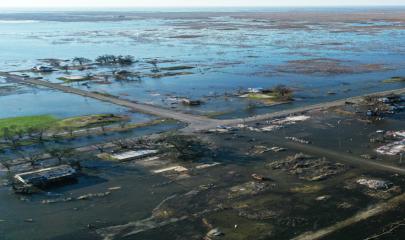Over the last decade, medical and pharmaceutical treatments for HIV have shifted HIV-infection from a death sentence to a manageable condition where a person with HIV can live a long productive life. To address the need for greater availability of medical and pharmaceutical services, the U.S. government’s President’s Emergency Plan for AIDS Relief (PEPFAR), has provided global HIV/AIDS response in more than 50 countries, investing more than $110 billion since its inception in 2003.
In the U.S., the Centers for Disease Control & Prevention (CDC) reported 1.2 million people living with HIV and of those 65.9 percent were virally suppressed. Of those 1.2 million people, 566,846 were served by the Ryan White HIV/AIDS Program (RWHAP) in 2022 with a viral suppression rate of 89.6 percent.
In FY2022, the U.S. funded $8.7 billion for domestic HIV/AIDS programs, especially the Ryan White HIV/AIDS Program (RWHAP) under the Health Resources & Services Administration (HRSA). Given the different clients, approaches, and localities, there is opportunity for cross-program learnings to improve program design and services in the field and move the needle towards ending the HIV epidemic. In this paper, “Bi-directional Lessons Learned Along the HIV Treatment Cascade Between the RWHAP and PEPFAR,” Abt experts discuss how critical domestic and international HIV prevention and treatment programs under HRSA and PEPFAR can align to end the HIV/AIDS epidemic.
Taking lessons and insights from a bi-directional learning project funded by HRSA’s HIV/AIDS Bureau, the authors describe the models of care used by RWHAP, which serves more than 50 percent of all people with HIV in the U.S. The team also explains the care models used globally under PEPFAR, and how each program offers lessons for the other, including: integrated behavioral health care, capacity building of local institutions, the use of community health workers to support treatment, data use for decision-making, differentiated service delivery, sustainability activities, and more.
By looking at and prioritizing the combined programs’ goals, approaches, and learnings, the authors recommend how to strengthen the U.S. and international responses to end the epidemic, and how bi-directional sharing holds the promise to help address other health issues.




